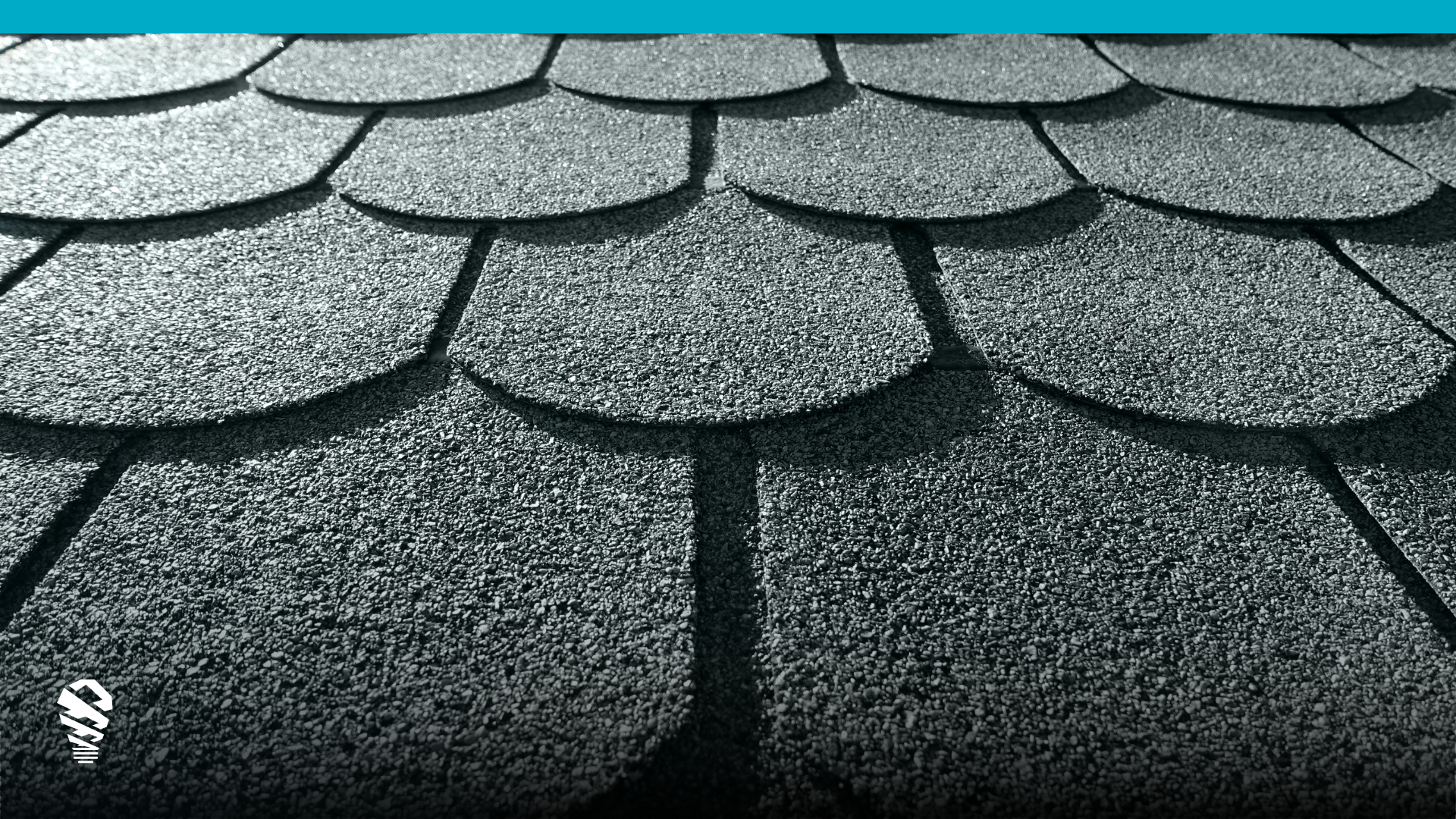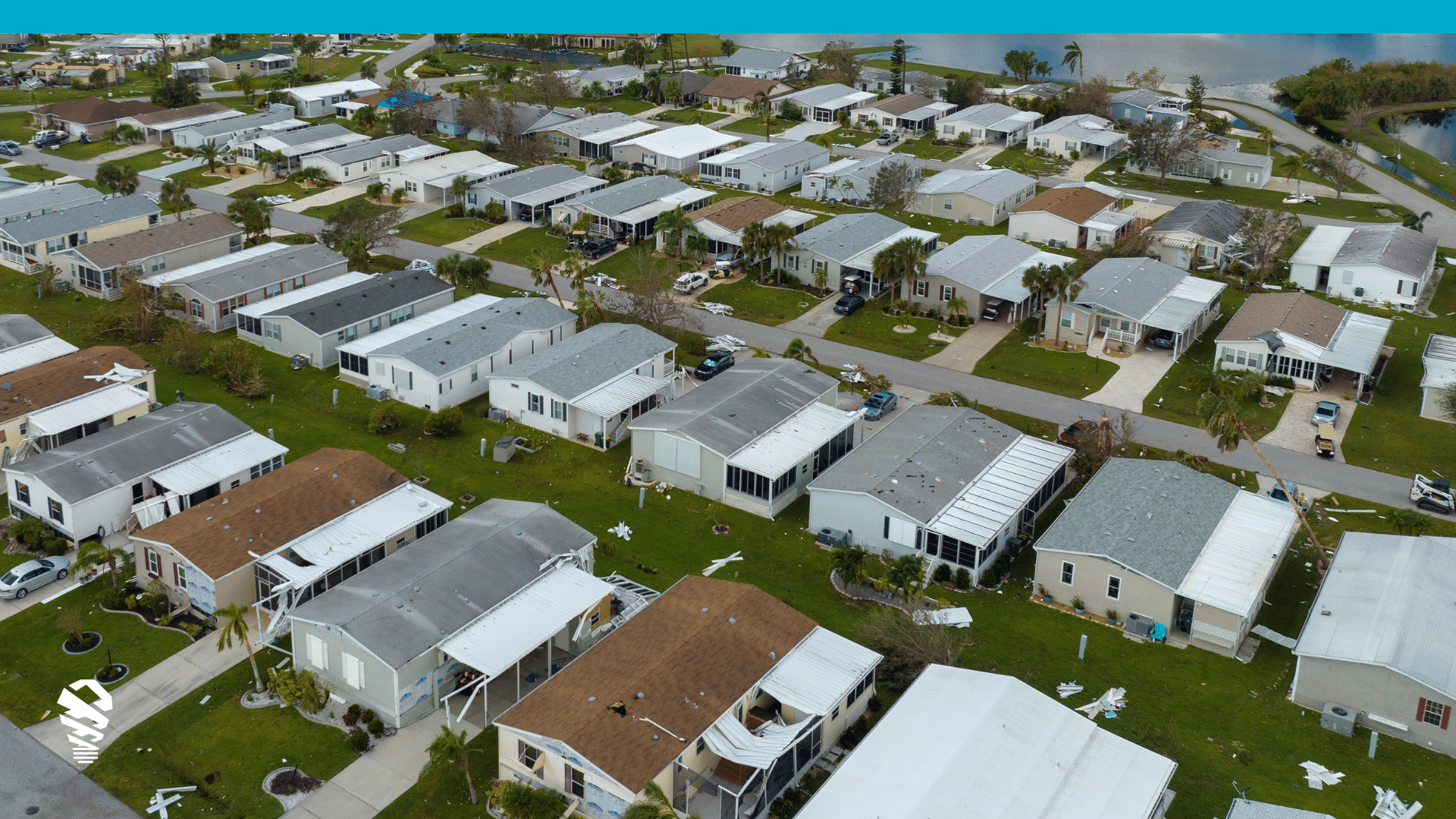For a long time, adjusters have used ladders and a digital camera to gather imagery of hail and other damage. This takes a long time and, in some cases, excessive damage and precarious roofs can prevent an adjuster from getting on the roof and getting the pictures they need to process a claim process. These days, adjusters can use drones to gather roof hail damage pictures, but it doesn’t stop at basic imagery. Let’s take a look.
More Pictures
When an adjuster uses drone tech, they get roof hail damage pictures along with everything else on a roof. Using a drone gives the adjuster a big bank of imagery. The drone will fly over the roof in a number of different flight patterns getting pictures of every facet and angle of the roof, and in some cases even the sides of the home.
Better Pictures
Not only can a drone gather a pile of pictures, it can gather a pile of ultra-high-quality pictures. Many drones have high resolution cameras that are perfect for getting a clear look at hail damage. Some drones can clearly show dime-sized hail strikes that might take a lot of work to find manually. Plus, drones can find these strikes over the entire roof, which helps decrease the risk that an adjuster will miss important details.
Faster and Safer
Using a digital camera and walking on top of a home to gather roof hail damage pictures is a time-consuming task that can also be dangerous. A drone mitigates the physical risks and significantly cuts down on inspection time. Replacing the ladder with a drone means the adjuster doesn’t need to get on the roof at all and still get the job done. Not only do they stay safe, they also spend less than 20 minutes at the property compared the hours someone might spend inspecting manually.
Artificial Intelligence Integration
All the amazing pictures in the world are great, but adjusters need tools to quickly analyze those pictures. Luckily, the best drone solution providers have artificial intelligence (A.I.) capabilities, which is becoming a mainstay in the tech world— 42% of executives believe A.I. will be of critical importance within two years. One capability A.I. brings to the table is automatic damage detection. With automatic damage detection, the data goes from the drone into an app, then through an advanced A.I. algorithm to process the data and detect and identify hail damage. This saves desk adjusters time as they review information.
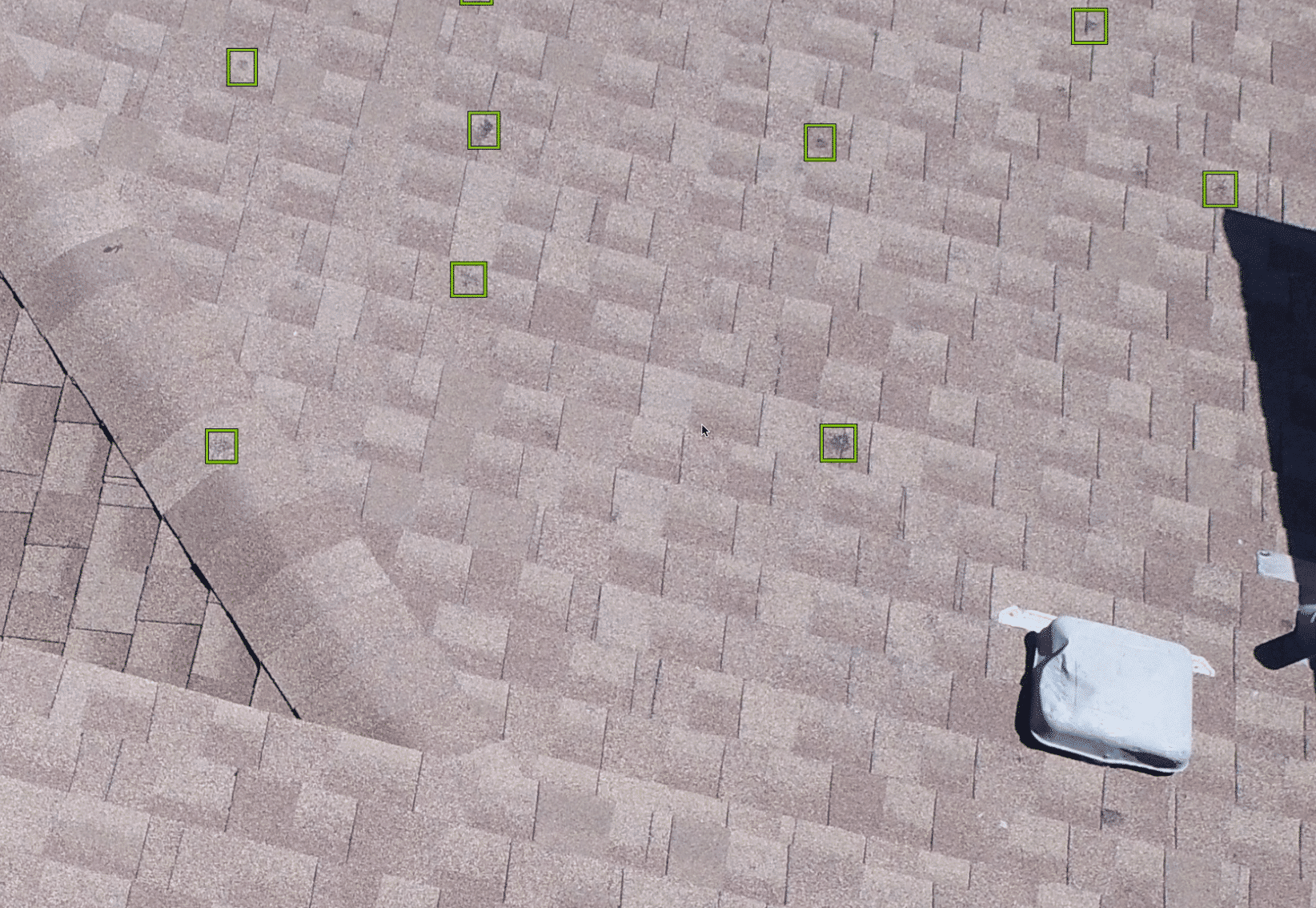
Conclusion
Drone hail damage pictures are the future of insurance adjusting and the claims process. Using drones to take pictures of a roof isn’t just taking pictures. When an adjuster uses a drone, they can be efficient and safe, while learning everything they need to know about the whole roof, which helps them shrink cycle times and payout on policyholder claims as quickly as possible.
Wondering if drone technology might enhance your claims process? Check out IMGING.

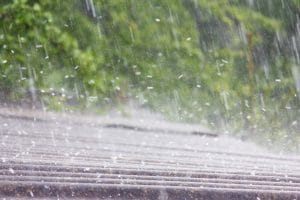
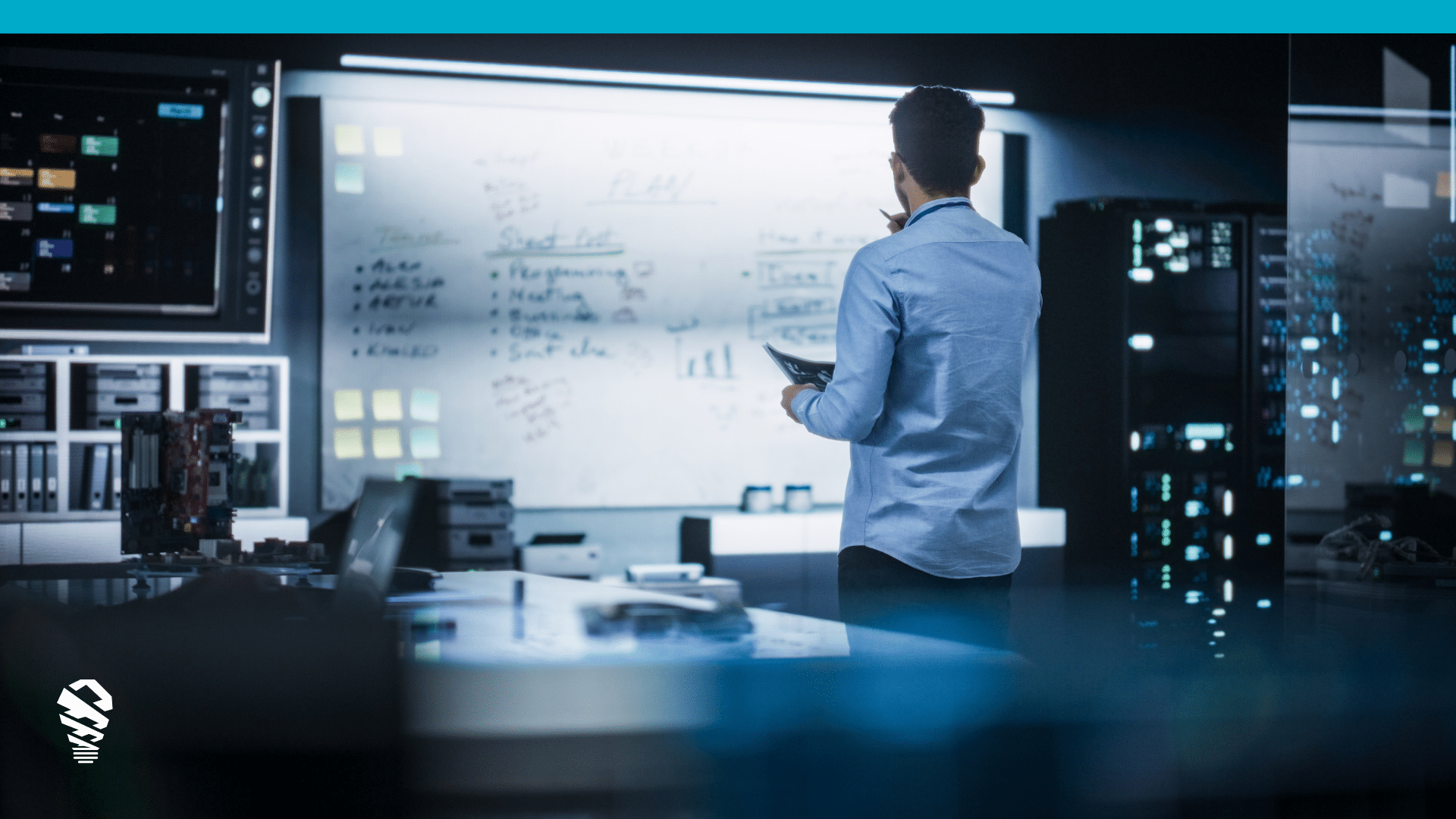
![How to Measure a Roof With a Drone [Updated April 2023]](https://www.lovelandinnovations.com/wp-content/uploads/2024/04/How-to-Measure-a-Roof-With-a-Drone-Updated-April-2023.png)
